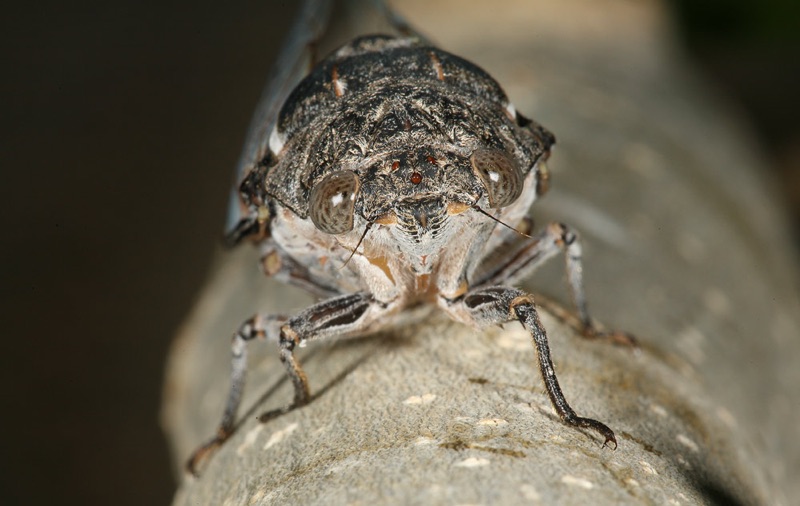Neocicada chisos (Davis, 1916)
Song type: Call
Source: ©Insect Singers | Species: N. chisos
Name, Location and Description
- Cicada Name: Neocicada chisos (Davis, 1916)
- Short Name: N. chisos
- Common Name: Chisos Cicada
- When: March-May
- Where it is found: TX
- Maps: Biogeography of the Cicadas (Hemiptera: Cicadidae) of North America, North of Mexico [PDF]
- Description: Black, brown and green patterns.
- Eye Color: black
- Pronotal Collar Color: brown
- Identification: Bug Guide
- Identification: iNaturalist
- Taxonomic Information: Integrated Taxonomic Information System
- Song: Insect Singers
Classification:
Family: Cicadidae
Subfamily: Cicadinae
Tribe: Cicadini
Subtribe: Leptopsaltriina
Genus: Neocicada
Species: Neocicada chisos (Davis, 1916)0
List of sources
- Full Binomial Names: ITIS.gov
- Common names: BugGuide.net; The Songs of Insects by Lang Elliott and Wil Herschberger; personal memory.
- Locations: Biogeography of the Cicadas (Hemiptera: Cicadidae) of North America, North of Mexico by Allen F. Sanborn and Polly K. Phillips.
- Descriptions, Colors: personal observations from specimens or photos from many sources. Descriptions are not perfect, but may be helpful.
Notes:
- Some descriptions are based on aged specimens which have lost some or a lot of their color.









